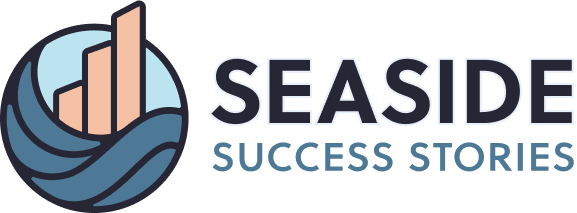Any business that welcomes visitors, guests or in-person customers will use a variety of methods to help optimize the time (and potential value) of anyone entering. For example, supermarkets will often routinely change around their shelving structure and product orientation so that you’re never truly comfortable knowing where everything is for long periods of time, meaning you’re more likely to come across other products on your way to a purchase.
Moreover, psychologists can also plan out what attractions you might be interested in first, or additional products may hang out around the checkout area for someone to quickly pick up and purchase when they need to. There’s a whole undercurrent of planning under the surface of any in-person business enterprise, and for that reason, it’s important to know how to leverage that might for your own.
If you’re a foot-trafficked business or even a non-profit charity like a museum, you may wonder how to utilize tech for such a robust outcome. In this post, we’ll discuss a few tips for achieving that and more:
Ensuring A Pleasant Ambience & Informational Guidance
Most businesses will have a speaker system for announcements or for music to play. In some cases, this kind of “soundtrack” can help either speed up or slow down your visitor approach. For example, when families visit a museum, it’s in the interest of that heritage organization to increase the time per visit because then they can justify better funding and more outreach. SiriusXM music for museums can be period-appropriate while also allowing for an educational setting to thrive.
However, in stores, gyms, and other areas with high footfall, energetic, pop, or even motivational music is commonly placed. This can provide the energy to help guests more readily get through their shopping or workout and then move on, increasing the spend per head and how quickly they spend. This principle can spread to many other decisions, but it allows for a confident outcome.
Synchronized Apps
You may be aware of displays that proudly showcase just how many free parking slots are visible in a public car parking space. This allows you to understand if your car would be welcome before entering.
In the same way, synchronized apps can help you check guest logins and present capacity to your customers. So for example, a gym app would track the number of card logins that day, address peak times, and also recommend to app users how many people are in the gym and how many spaces are left before all the equipment has been utilized. Over time, this can allow you to even out the visitor attendance to make sure more come during off-peak times, looking to beat the crowd. This provides the ebb and flow you’re most looking for, while also curating a healthy end result.
Integrating Point-of-Sale (POS) Analytics
Analytics such as spend per head, how certain customers spend, which products and brands sell out more quickly, how many sign up to additional offers presented by the checkout staff, and how many returns are processed are all essential information.
You can collect this by using POS systems that provide robust analytics and allow you to track that data from week to week, month to month. You can also assign sales goals to staff where appropriate, realistically in line with your peak times.
Implementing Queue Management Systems
Depending on the kind of business you run, queues may be a large factor in how you manage and process people. For example, the driving administration or post office will often have many people standing in a line for different reasons, and the time to attendance statistic needs to be reduced while still offering everyone the same level of value in service.
Queue management systems are integrative software tools that allow you to track how many people are in line and then open up additional lanes where appropriate. It also helps you understand when to pull staff from the shop floor to stand behind the checkout or service desk to keep the flow of people moving along. More AI-leveraged tools are released month on month that allow you to track peak times open queues when necessary, and try to reduce how long it takes to service people. A tool like this could be useful for your own enterprise, too.
With this advice, you’re certain to maximize your use of tech to improve your foot-tracked enterprise. Make sure to keep reviewing these measures and the results they yield, and iterate on them to customize efficiency for your business.






